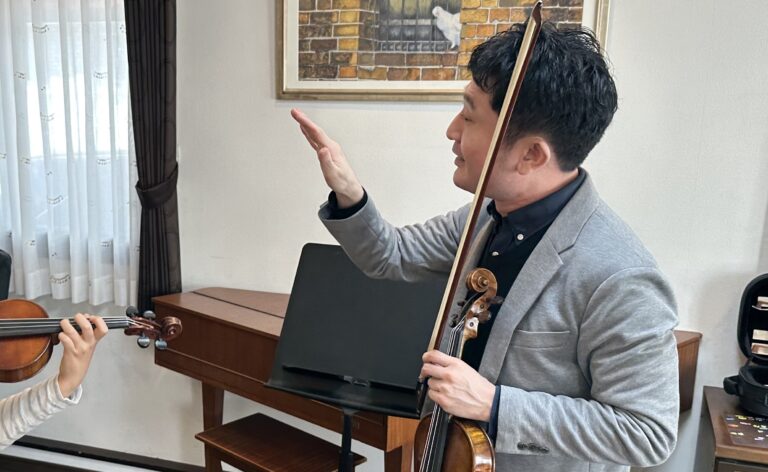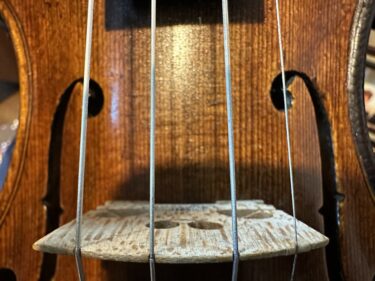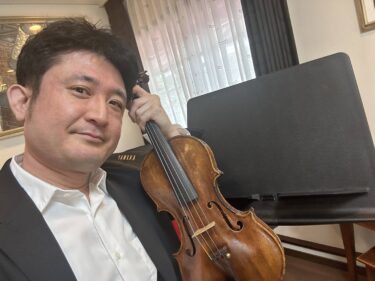Spiccato, an essential bowing technique for string players, is characterized by a bouncing, crisp articulation that can add vibrancy to any piece. Many musicians find spiccato challenging, but with patience and dedicated practice, you too can master this technique. In this blog, we’ll explore tips and exercises to help you develop and refine your spiccato playing.
- Understand the Basics of Spiccato
Before diving into exercises, it’s crucial to understand the principles of spiccato. The technique requires the bow to bounce lightly on the string, creating a controlled, articulated sound. The key to achieving this is finding the right balance between tension and flexibility in your bow hold, as well as a suitable contact point between the bow and the string.
- Develop a Flexible Bow Hold
A proper bow hold is essential for executing spiccato effectively. The following tips will help you achieve a more flexible bow hold:
- Keep your thumb bent and relaxed.
- Allow your fingers to rest gently on the bow.
- Maintain a soft, rounded shape with your fingers and thumb.
- Practice rocking the bow back and forth between your thumb and pinky finger to improve flexibility.
- Discover the Bow’s Balance Point
Each bow has a unique balance point that can significantly impact spiccato execution. To find your bow’s balance point, follow these steps:
- Place the bow on the string without any added pressure.
- Slide the bow back and forth until you find the spot where it bounces most naturally.
- Mark this point with a sticker or pencil for future reference.
- Practice Spiccato Exercises
Now that you understand the fundamentals, it’s time to practice spiccato through targeted exercises:
- Begin with open strings, focusing on maintaining a consistent bounce and rhythm.
- Progress to simple scales and arpeggios, paying close attention to articulation and dynamics.
- Incorporate string crossings and double stops to increase the challenge.
- Practice spiccato passages from your repertoire, focusing on maintaining a consistent, controlled bounce.
- Use a Metronome
A metronome is an invaluable tool when working on spiccato, as it ensures rhythmic precision and consistency. Begin by setting the metronome at a slow tempo and gradually increase the speed as you become more comfortable with the technique.
- Record Yourself
Recording your practice sessions allows you to analyze your progress and identify areas for improvement. Listen for consistency in the bounce, clarity in articulation, and overall control of the technique.
- Learn from Others
Seek out performances and masterclasses from accomplished string players to gain inspiration and insight into the intricacies of spiccato. Analyzing their technique and approach can provide valuable perspective as you refine your own skills.
Conclusion
Mastering spiccato requires dedication, practice, and patience. By understanding the basics, developing a flexible bow hold, finding your bow’s balance point, and incorporating targeted exercises, you’ll be well on your way to executing spiccato with confidence and precision. Remember to use a metronome for rhythmic accuracy and to learn from other accomplished musicians to enhance your skills. Happy practicing!






